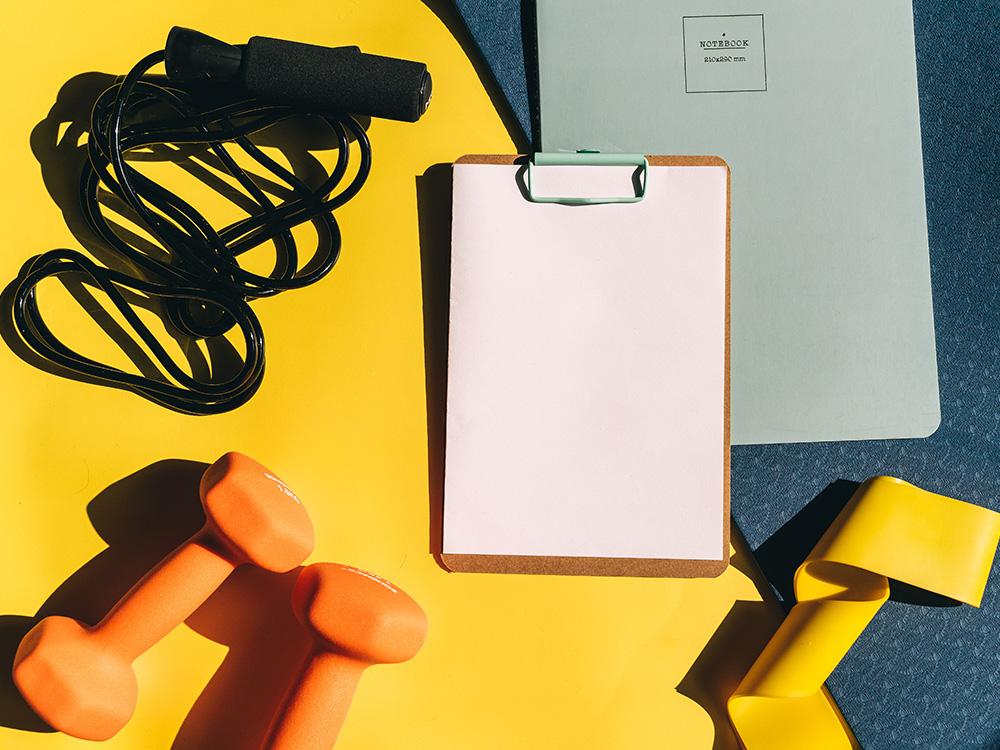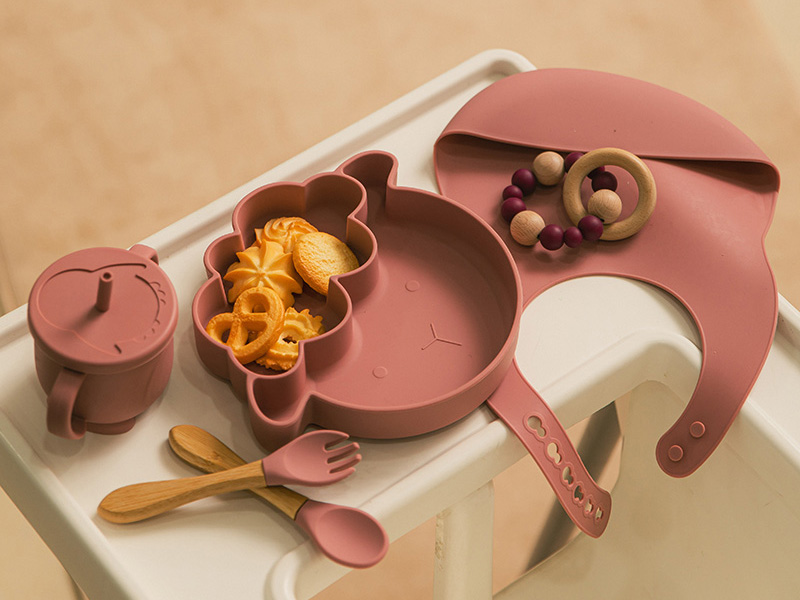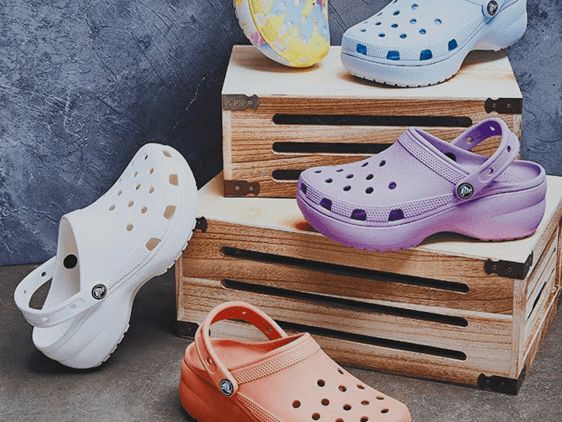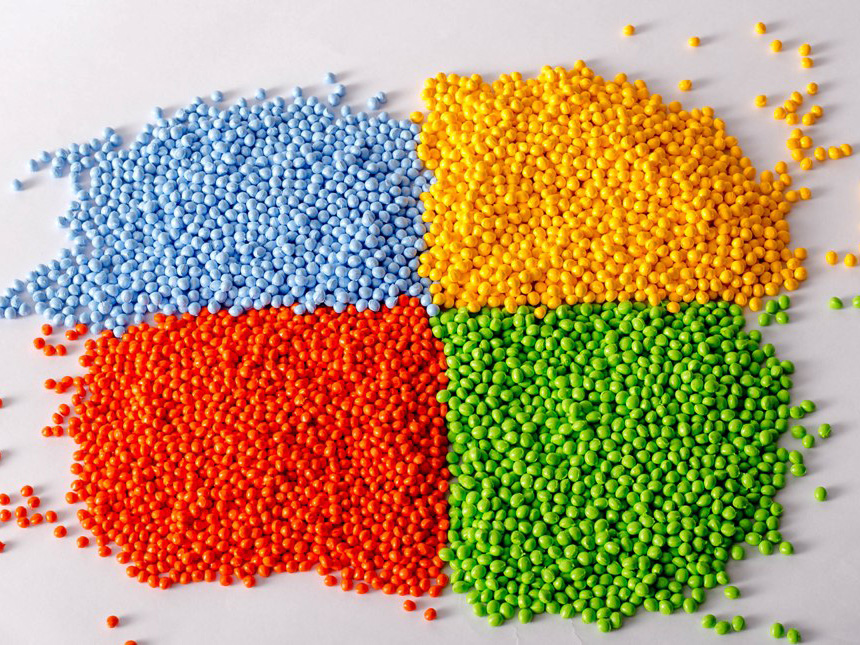
Detail
Similarly, the comfort and ease of use of the handle depends on its shape and material. The earliest handle materials were probably animal skins or fibrous plant material wrapped around the end of a piece of flint or black stone.
Thankfully, since then, we've improved our handle technology and knives have become more comfortable to use. On the downside, because there are so many handle materials to choose from these days, it can be hard to decide what works best for you. That's where we come in. We'll take a look at the most common handle materials and discuss the good and the bad of each.
Key Benefits
Durability Sustainability
- Advanced solvent-free technology, without plasticizer, no softening oil, and odorless.
- Environmental protection and recyclability.
- Available in regulatory-compliant formulations
Si-TPV Overmolding Solutions
|
Overmolding recommendations |
||
|
Substrate Material |
Overmold Grades |
Typical Applications |
|
Polypropylene (PP) |
Sport Grips, Leisure Handles,Wearable Devices Knobs Personal Care- Toothbrushes, Razors, Pens, Power & Hand Tool Handles, Grips, Caster Wheels,Toys |
|
|
Polyethylene (PE) |
Gym Gear, Eyewear, Toothbrush Handles,Cosmetic Packaging |
|
|
Polycarbonate (PC) |
Sporting Goods, Wearable Wristbands, Handheld Electronics, Business Equipment Housings, Healthcare Devices, Hand and Power Tools, Telecommunications and Business Machines |
|
|
Acrylonitrile Butadiene Styrene (ABS) |
Sports & Leisure equipment, Wearable Devices, Housewares, Toys, Portable Electronics, Grips, Handles, Knobs |
|
|
PC/ABS |
Sports Gear, Outdoor Equipment,Housewares, Toys, Portable Electronics, Grips, Handles, Knobs, Hand and Power Tools, Telecommunications and Business Machines |
|
|
Standard and Modified Nylon 6, Nylon 6/6, Nylon 6,6,6 PA |
Fitness Goods, Protective Gear, Outdoor Hiking Trekking Equipments, Eyewear, Toothbrush Handles, Hardware, Lawn and Garden Tools, Power Tools |
|
Overmolding Techniques & Adhesion Requirements
SILIKE Si-TPVs Overmolding can adhere to other materials through injection molding. suitable for insert molding and or multiple material molding. Multiple material molding is otherwise known as Multi-shot injection molding, Two-Shot Molding, or 2K molding.
SI-TPVs have excellent adhesion to a variety of thermoplastics, from polypropylene and polyethylene to all kinds of engineering plastics.
When selecting an Si-TPV for an over-molding application, the substrate type should be considered. Not all Si-TPVs will bond to all types of substrates.
For more information regarding specific over-molding Si-TPVs and their corresponding substrate materials, please feel contact us.
Application
Si-TPV soft over-molded material is an innovative way for manufacturers who produce knife handle, they need unique ergonomics as well as safety and durability.
Wood:
This is one of the oldest handle materials and is still widely used today. There are as many types of wood handles as there are trees. Hardwood is often the better choice due to its durability. Many times, wood must be stabilized before it can be properly used as a handle. The wood is impregnated with resin so that it is not affected by moisture. If this is not done, the wood may expand or contract and eventually break or fall off the knife altogether.
Bone:
In this category we include knife handles of antler, horn, ivory, and plain bone. Like wood, this is a very old, very traditional material for handles. The most common bone used is cow, as it is both abundant and cheap. However, you can also find things like mammoth on the market, which is rare and therefore expensive, but can be very striking when it is placed correctly on a knife handle. The bone can be textured to provide a more positive grip. If it is not textured it can be slippery, especially when wet. It can also be dyed any color imaginable. Many users prefer bone simply because of its tradition.
The biggest drawback to bone is that it is not the most stable material. It is porous and can easily break when dropped or hit.
Leather:
Leather adds a very traditional, old-school look to knives. Typically, a leather knife handle consists of a series of leather washers stacked on the foot of the handle. Each washer has adhesive on it, and they are tightly compressed by a nut on the end of the handle. The handle is then sandpapered to the proper size and shape. Leather handles are very comfortable for the user and they look great for starting.
However, leather is susceptible to moisture, so problems can occur in wet environments. If you use your knife a lot, the oil on your hands will deteriorate the leather over time, but some users prefer to use mink oil or a similar treatment to help protect the leather.


















